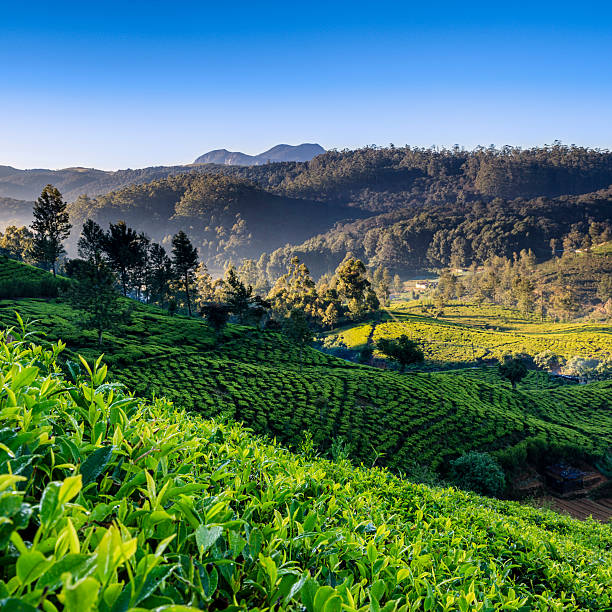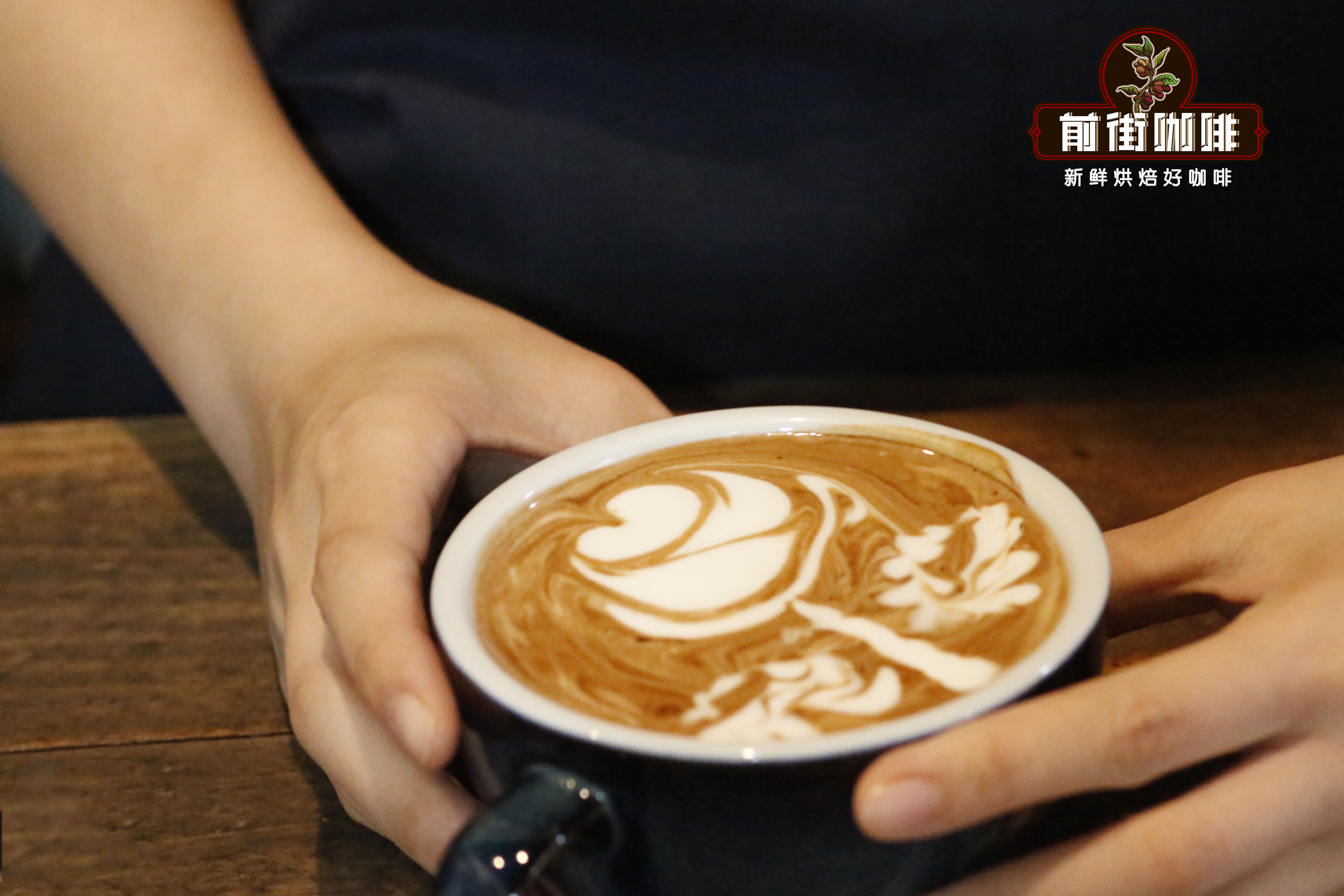The difference between BP1 and super-grade broken white black tea ctc Ceylon black tea formula
Ceylon black tea is one of the most famous drinks in the world. Since the first batch of Ceylon black tea arrived at the London Tea Exchange (London Tea Exchange) in 1873, it has been the lifeblood of Sri Lanka's exports and trade. Sri Lanka is one of the five largest tea producers in the world, meeting more than 11% of the global tea demand, and is one of the largest countries exporting selected orthodox tea to the global market.
Although Sri Lanka uses other varieties of Ceylon black tea, it continues to be a feature of the country. Ceylon black tea is a unique flavor and quality formed by different soils in Sri Lanka. It has been scientifically proved that Ceylon black tea contains unique flavonol components. (1) these flavonols are the reason for the crisp citrus aroma peculiar to Ceylon black tea and the many health benefits it provides.
Ceylon black tea grows in all seven tea-growing areas in Sri Lanka and is classified according to its taste, production method and leaf size.
Naming method of Ceylon black tea
There are two ways to produce Ceylon black tea; most Ceylon black tea is produced according to the traditional method, while a small part is produced by the CTC method.
Orthodox black tea
Pure Ceylon black tea is carefully selected and made according to the traditional way of making tea, which is mainly divided into whole leaves, broken leaves, fan leaves, dust and so on. The whole leaf varieties include Bai Hao, Bai Hao 1, Orange Bai Hao (OP), Orange Bai Ma A (OPA) and Orange Bai Mo 1 (OP1). The varieties of broken leaves of Ceylon black tea are broken orange (BOP), broken orange (FBOP), broken orange (BOP1), broken orange (FBOP1).
The fan-shaped varieties of Ceylon black tea include broken Orange White Miaofanning (BOPF), Flower Orange White Miaofanning (FBOPF), Flower Orange White Miaofanning (FBOPF 1), Flower Orange White Miaofanning (FBOPFSP) and Flower Orange White Miaofante (FBOPFEXSP).
The types of Ceylon black tea powder include tea powder and tea powder grade 1.
CTC black tea
Ceylon black tea is produced by cutting-tearing-crimping (CTC) method, which is divided into broken leaf grade, fan leaf grade and dust grade.
Broken white millimeter (BPS)
Broken white grade 1 (BP1)
Broken white leaf (BPL)
Bai Hao Tea Powder Grade 1 (PF1)
White hair tea powder (PD)
Other varieties of Ceylon black tea
In addition to exclusive single estate Ceylon black tea, Sri Lankan tea manufacturers also produce a range of value-added Ceylon black tea for local and global markets by mixing Ceylon black tea varieties with other ingredients, such as fruits and herbs.
Earl of Ceylon Grey Tea
Ceylon Earl Grey Tea is a blend of rich Ceylon black tea and bergamot oil. A blend of natural citrus aromas and crisp flavors of Ceylon tea.
Ceylon English breakfast tea
Ceylon English Breakfast is an ingenious blend of Ceylon black tea from Timbra and Kanti.

Fruit flavored black tea
The subtle aromas of Ceylon black tea combine a variety of fruits, from exotic mangoes, passion fruits and lychees to the most popular strawberries, raspberries and lemons.
Spiced black tea
Ceylon black tea is traditionally mixed with ginger and cinnamon to add an extra cup of tea, in addition, black tea and other spices, such as cloves and cardamom, show the best flavor of Ceylon tea and spices.
Explore the flavor of Ceylon tea
Black tea without caffeine
Decaffeinated Ceylon black tea is decaffeinated using pressurized liquid carbon dioxide to keep the tea tasty and fresh. The caffeine content of all non-caffeinated Ceylon black tea varieties is less than 2.5%.
Ceylon black tea suppliers produce according to global food production guidelines and are packaged and processed at source to keep them fresh. Ceylon black tea suppliers export bulk tea, bagged tea and instant tea varieties to the global market.
Important Notice :
前街咖啡 FrontStreet Coffee has moved to new addredd:
FrontStreet Coffee Address: 315,Donghua East Road,GuangZhou
Tel:020 38364473
- Prev

Introduction to coffee: Italian espresso drink mocha coffee making method (photo)
Autumn, a healing season ~ early in the morning holding a cup of mellow mocha coffee, looking out of the window of the blue sky, fallen leaves, the breeze swaying curtains, the sun warming the heart, everything is calm, the charm is not flamboyant. The origin of mocha coffee the word "mocha" comes from the Yemeni port of Mocha. Yemen is the first country in the world to grow coffee beans on a large scale.
- Next

Introduction to Coffee: definition of espresso
Italian concentration is to use finely ground coffee, press it into the handle, and then inject hot water into it under high pressure to brew coffee drinks with high concentration and golden oil; pressure: 7-11 atmospheric pressure (Bar); temperature: 90-96 degrees Celsius; powder content: 7-11g for single and 14-20g for double; ratio of powder to liquid: 1.52.5; extraction time: 20-30 seconds
Related
- Beginners will see the "Coffee pull flower" guide!
- What is the difference between ice blog purified milk and ordinary milk coffee?
- Why is the Philippines the largest producer of crops in Liberia?
- For coffee extraction, should the fine powder be retained?
- How does extracted espresso fill pressed powder? How much strength does it take to press the powder?
- How to make jasmine cold extract coffee? Is the jasmine + latte good?
- Will this little toy really make the coffee taste better? How does Lily Drip affect coffee extraction?
- Will the action of slapping the filter cup also affect coffee extraction?
- What's the difference between powder-to-water ratio and powder-to-liquid ratio?
- What is the Ethiopian local species? What does it have to do with Heirloom native species?

